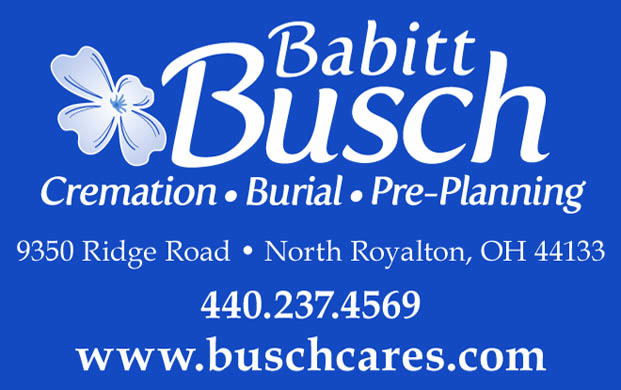North Royalton proudly proclaimed its centennial in 1918. That year the “Great War” in Europe would come to an end. The United States did its part to help the Allies, Britain and France, fight the war to end all war. North Royalton, along with the rest of the nation, celebrated the Armistice of November 11. North Royalton welcomed home thirty-six of thirty-nine men, husbands, fathers, sons, and brothers, who answered the call of duty to their country. In victory the city mourned the loss of three that could not return to the arms of a loving family and a grateful nation. During that centennial year North Royalton Township also faced the beginning of the great pandemic, “Spanish flu,” where many millions died worldwide. Despite the joys and the sorrows, everyday life continued with planting and harvesting taking center stage. The second decade of the 20th century was drawing to a close, what would the third decade bring?
“The Needs of North Royalton” was an essay topic for the 1911 Homecoming Picnic. No doubt “The Needs of North Royalton” in 1911 were increasing in 1918. Needs being: the possibility of electric lighting service, the extension of telephone lines to all residents in the city who could afford it, educating the youngsters in skills they could use on the farm or in business, and, of course, improvements to the two-lane wagon track called State Route 82 that ran from Route 57 to the west right through the center of town all the way to the Pennsylvania border.
In the year of the centennial, the year of the Great Armistice, a group of farmers and shop keepers began a loose association of citizens, who wanted to make sure North Royalton had its share of commerce generated by State Route 82 improvements made by motor vehicles, telephones and electric lights. SR 82 might have looked like a sleepy little dirt road but along her cross roads and side streets beat the heart of North Royalton Township commerce. North Royalton was a farming community, farming was big business. Since 1904 a Farmers’ Institute was held yearly and continued for 29 years. The Institute brought together farmers, shop keepers, educators, preachers, pastors, doctors and students. Programs presented included topics that would wow a 21st century organic farmer; Clover vs. Chemical fertilizers, Manures vs. fertilizers, Modern Farm Machinery, Better Care of Orchards for bigger fruit crops, and Moisture Conservation in top and sub soil. In addition current topics of family life, home, health, education, and social welfare rounded out the two-day program that also included dinners and social interaction.
The Institute was held once a year, but citizens knew that the institutes’ values were year round goals. Commerce was changing from horse and buggy to mechanize. A community had to change with it to continue to survive. Community spirit promoted the quality of life in North Royalton for both young and older people. A thriving community is a good place to live, work, and do business. Good business looks to the welfare and education of the community. These were the goals of North Royalton Township in 1918, the centennial. The “North Royalton Township Improvement Association” was born in 1923 as an outgrowth of the city’s citizens’ desire to promote itself as a good place to live. Just like the city grew and changed so did the Improvement Association which gradually became the Chamber of Commerce that we know today. Each step of the way the goal has always been to let everyone know that North Royalton is a great place to live.
By LINDA KWARCIANY
Contributing Writer














